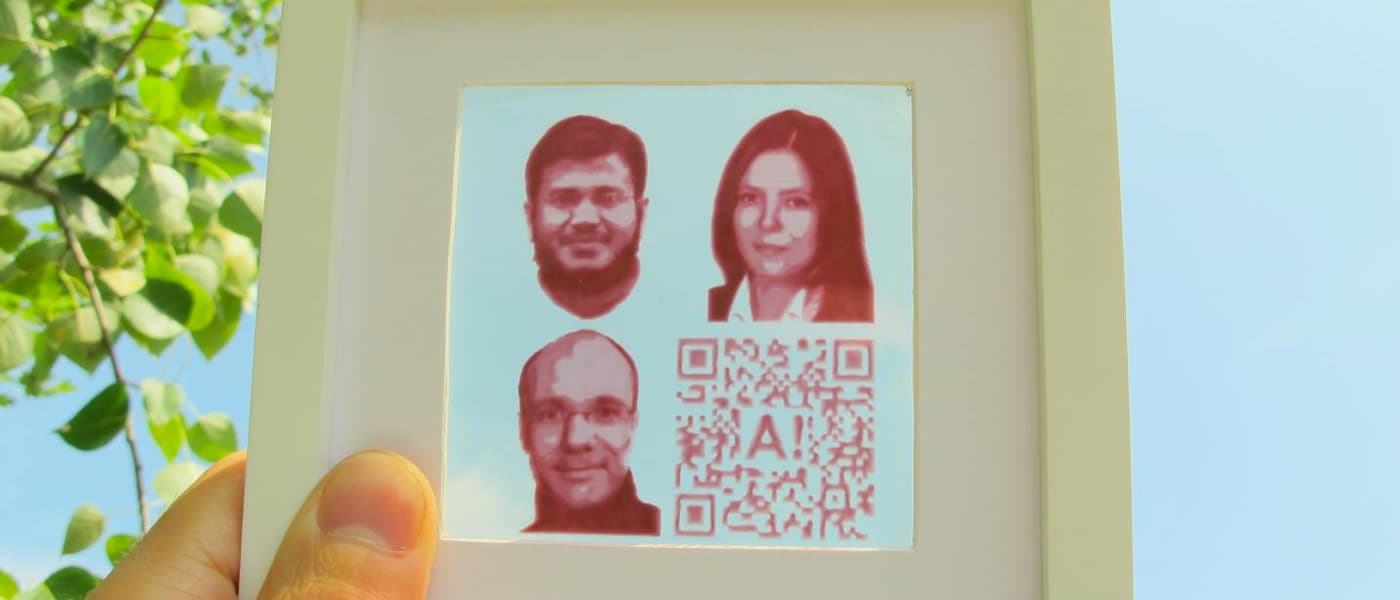Printing Energy
Solar cells are increasingly being made of new, less expensive materials that have multitudes of properties, and have been made in many different ways, creating many different kinds of solar cells. Even ones that can be printed have been created, made up of organic solar cells and dye-sensitized solar cells.
This one is no different. Looking to take the technology even further, scientists from Aalto University have successfully created solar cells that can be inkjet-printed as pictures and text like traditional printing inks. Such a material could be key to making low-power electrical devices, like lighted signage and visual displays, whose own light could actually power them up, removing the need for another electricity source.
The Blacker, the Better
Ordinary ink absorbs the light striking it and gives off heat. Photovoltaic ink absorbs light and converts some of that energy to electricity. Previous research has determined that the darker the ink, the more energy it absorbs, and the more electricity it can produce (this is actually part of the reason our pupils are pitch black).
Combined with inkjet printing, the photovoltaic dye could be printed to a shape determined by a selected image file. To maximize energy absorption and output, the darkness and transparency of the different parts of the image could be adjusted accurately.
When tested, the inkjet-printed solar cells proved to be as efficient and as durable as traditional solar cells. They went through one thousand hours of continuous light and heat stress without any loss in performance.
What proved to be a challenge was determining the most suitable solvent for the dye and the right jetting parameters that maintain a precise and uniform print quality. The dye and electrolyte came from the research group in the Swiss École Polytechnique Fédérale de Lausanne. The study is published in Energy & Environmental Science.
Share This Article
